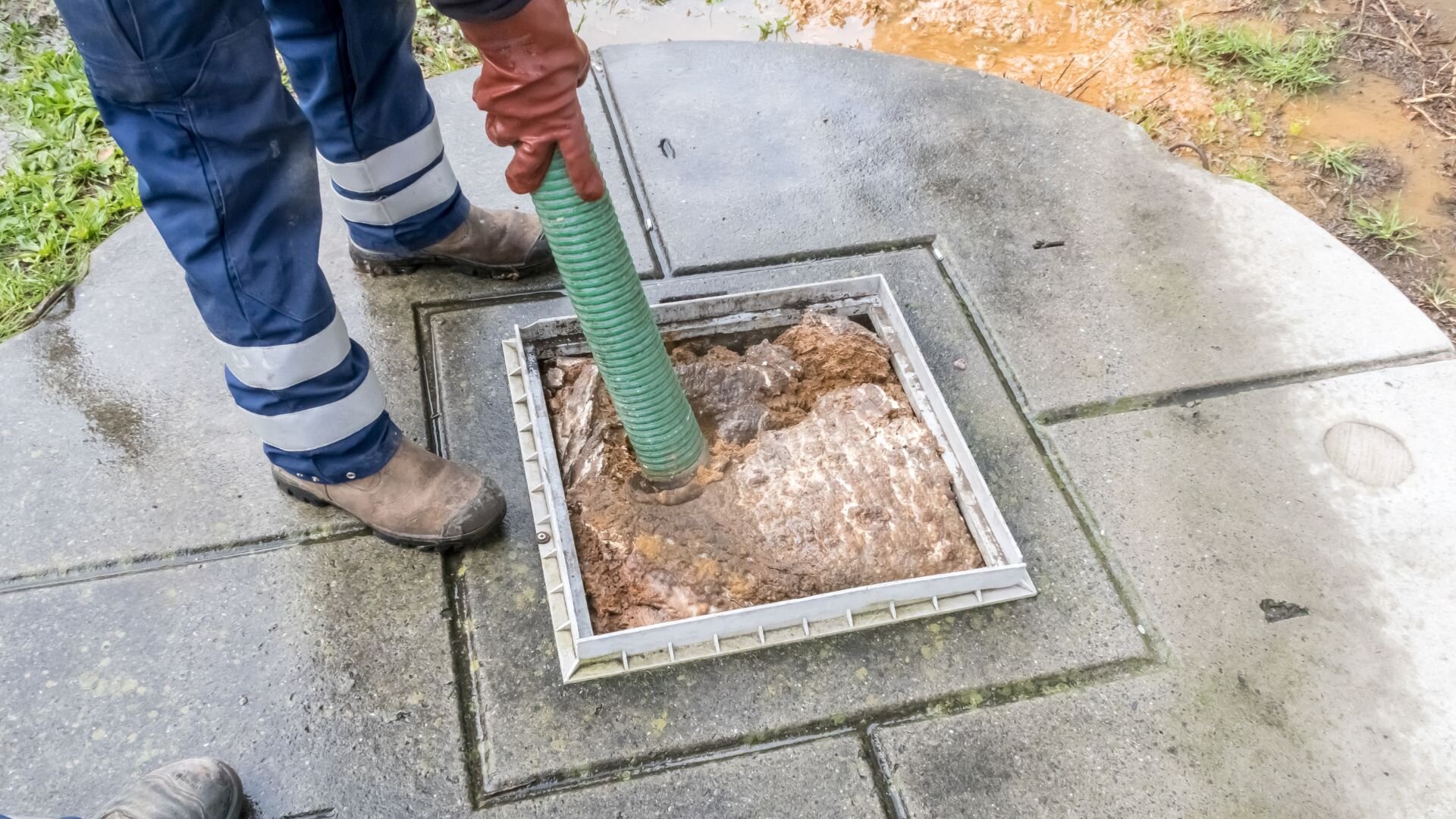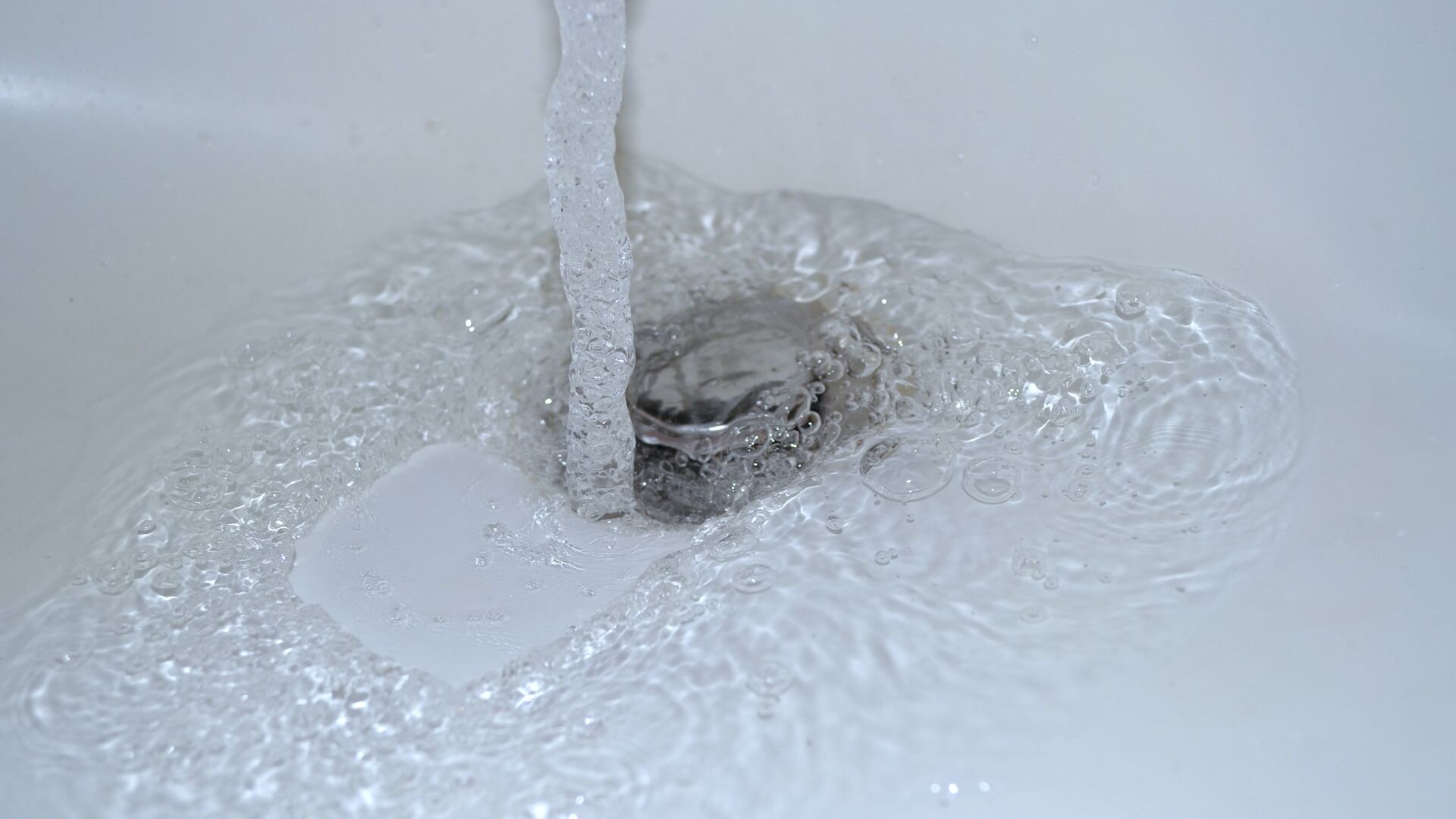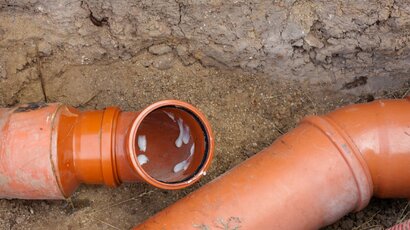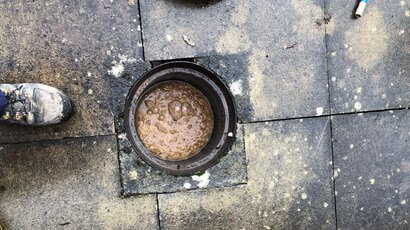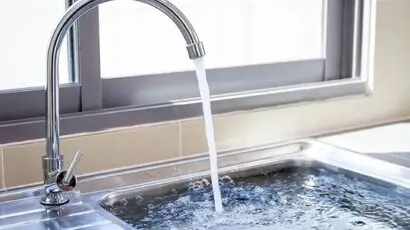Blocked or overflowing drains are one of those problems that usually strikes at the worst possible time—like during a weekend barbecue or just before guests arrive.
What starts as a slow drain can quickly turn into a messy disaster. Water backs up, bad smells spread fast, and before you know it, you’re dealing with potential water damage, hygiene issues, andcostly repairs.
In this blog, we’ll walk you through exactly what to do when a drain emergency hits. From spotting the early warning signs to taking fast action before help arrives, these practical steps could save you a serious headache—not to mention your floors.
Whether it’s your kitchen, bathroom, or backyard causing trouble, knowing how to respond quickly can make all the difference. Let’s get into it and take the stress out of drain dramas.
Causes of Overflowing Drains
Overflowing drains usually don’t happen out of nowhere—there’s often a build-up leading to the mess.
One of the most common culprits? Everyday household habits. Hair in the shower drain, grease down the kitchen sink, and foreign objects like wipes or toys flushed by curious kids can all clog up your pipes over time.
![]()
Then there’s nature. Tree roots are surprisingly sneaky, breaking into underground pipes in search of moisture. Over time, they grow and block the water flow completely.
During heavy rainfall, stormwater systems can quickly become overwhelmed. If your property isn’t properly drained or your gutters are blocked, the water has nowhere to go—except back through your drains.
Sometimes, the issue runs deeper. Faults in the main sewer line or poor plumbing installations can cause serious overflows. And if you’ve been skipping regular maintenance, small issues can quietly snowball into big, soggy disasters.
The truth is that most overflowing drain problems are preventable with little attention and upkeep. Understanding what causes them is the first step in keeping things flowing smoothly.
Immediate First Steps When Drains Overflow
When a drain starts to overflow, panic is common—but acting quickly can stop things from getting worse.
First, turn off taps, appliances, or any water source near the affected area to reduce incoming flow.
Next, keep kids and pets well away. Drain water can carry bacteria and other nasties you don’t want spreading through your home.
Before getting hands-on, gear up. Rubber gloves and waterproof boots can help protect you from both germs and mess.
If the water hasn’t risen too far, try a gentle fix. Use a plunger to see if you can shift the blockage. Pouring hot (not boiling) water down the drain might help if grease is the issue—but only if you’re sure the pipes aren’t already damaged.
Avoidchemical cleanersduring an emergency. They often do more harm than good and can be dangerous when mixed with other substances.
Lastly, grab your phone. Take clear photos or a video of the overflow and any visible damage. This could come in handy if you need to lodge an insurance claim later.
Stay calm, be safe, and remember—acting fast is the key to minimising the chaos.
Emergency DIY Fixes (When You’re Waiting for a Plumber)
Sometimes, help isn’t just around the corner—and that’s when a few smart DIY tricks can make all the difference.
If water is starting to back up in your sink or shower, try the trusty plunger. A few strong plunges can sometimes clear a small blockage. Just make sure there’s enough water in the bowl to create suction.
Got a wet-dry vacuum? Use it to suck out shallow-standing water. It’s quick, safe, and helps stop water damage from spreading.
If you’ve got a drain snake (manual or electric), feed it slowly into the drain to break up minor blockages. Don’t force it—gentle, steady pressure works best.
During storms, check external drains. Remove leaves, mud, or any debris that might be choking your stormwater system.
And for visible pipe leaks or cracks, try a quick seal using duct tape or a pipe clamp to hold things together until a plumber arrives.
Just remember—these fixes are temporary. They won’t solve deeper issues, but they can buy you time and reduce the damage while waiting for the pros.
Signs It’s Time to Call a Professional Plumber
![]()
DIY can be handy, but some drain problems need a licensed plumber—no question. If blockages keep coming back despite your efforts, something more serious is likely going on beneath the surface.
Water pooling around toilets, sinks, or drains is another red flag. Left alone, it can seep into floors or walls and cause long-term damage.
Strange sounds like gurgling or bubbling from your drains usually mean trapped air—often a sign of a bigger blockage.
Then there are the smells. If you’re noticing a foul, persistent odour, it could be sewer gas escaping into your home. Not only is it unpleasant—it’s potentially hazardous.
And if you see water bubbling out of sewer grates or external stormwater drains, it’s definitely time to call in the experts.
Don’t wait. Delaying help can lead to mould growth, structural issues, and very costly repairs down the track.
How Plumbers Handle Overflowing Drains
When a plumber arrives, they don’t just poke around—they get straight to the root of the problem. Most will start with a CCTV drain inspection. This involves feeding a camera through your pipes to see exactly what’s going on inside.
Depending on the blockage, they might use high-pressure hydro jetting to blast debris away, or bring in an electric drain machine for tougher clogs. If the pipes are cracked or broken, pipe reliningor full replacement might be needed.
In serious cases, plumbers also come equipped with emergency water extraction tools to quickly remove standing water from your home.
But it’s not just about fixing the mess—they’ll also assess your drainage system to prevent future problems. From tree root management to sewer line repairs, their work offers peace of mind that your drains are sorted properly.
It’s a game-changer when you’re dealing with something as disruptive as an overflow.
Preventing Future Drain Overflows
A bit of prevention goes a long way when it comes to drains. Start with regular plumbing inspections to catch issues early. Avoid pouring grease, oils, or food scraps down your kitchen sink—and definitely don’t flush wipes or hygiene products.
Install drain strainers in the kitchen and bathroom to catch hair and debris before it goes down the pipes. During storm season, clear your gutters and outside drains to keep the water flowing freely.
Consider fitting backflow prevention valves to protect against sewer backups. A little effort now can save a whole lot of mess later.
Get Faster Emergency Solutions with WP Plumbing
An overflowing drain can bring your day—and your home—to a halt. But with the right know-how and a calm head, you can handle the immediate chaos and prevent further damage.
From simple DIY fixes to knowing when to call in a professional, being prepared makes all the difference. Keep these tips close, share them with your household, and don’t wait until the next big downpour to get your drains in check.
Need a hand? Help is never far away.
For fast, reliable help with overflowing drains, reach out to WP Plumbing – your local professionals for urgent and after-hours plumbing services.

